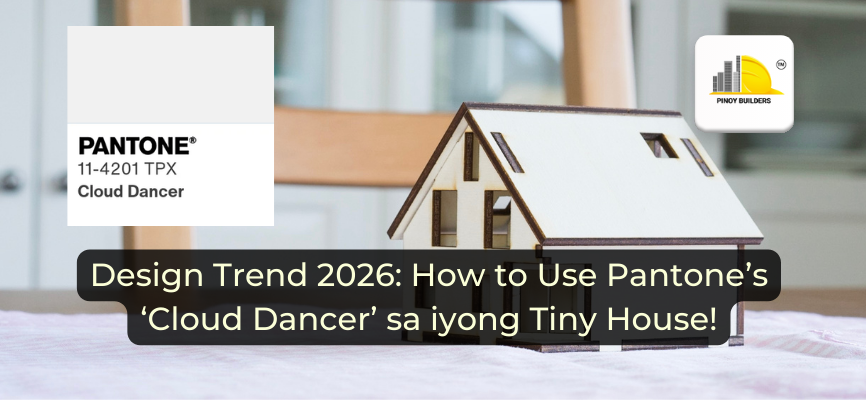Proper ventilation is often overlooked in home design, yet its significance cannot be overstated. Inadequate ventilation not only compromises indoor air quality inside your home, but it also poses health risks and discomfort to all the residents inside. This is why it is important to address ventilation challenges in home design since it is crucial in creating a healthy and comfortable living environment.
As the current summer temperatures continue to cause disruption and discomfort in the day-to-day lives of many Filipinos, looking for ways to reduce the heat is an essential step to create a comfortable living space. In this article, we will discuss what ventilation is and its importance. We will also feature common ventilations that can be applied to your home design.
Top 5 Best Ventilation Designs for Your Home
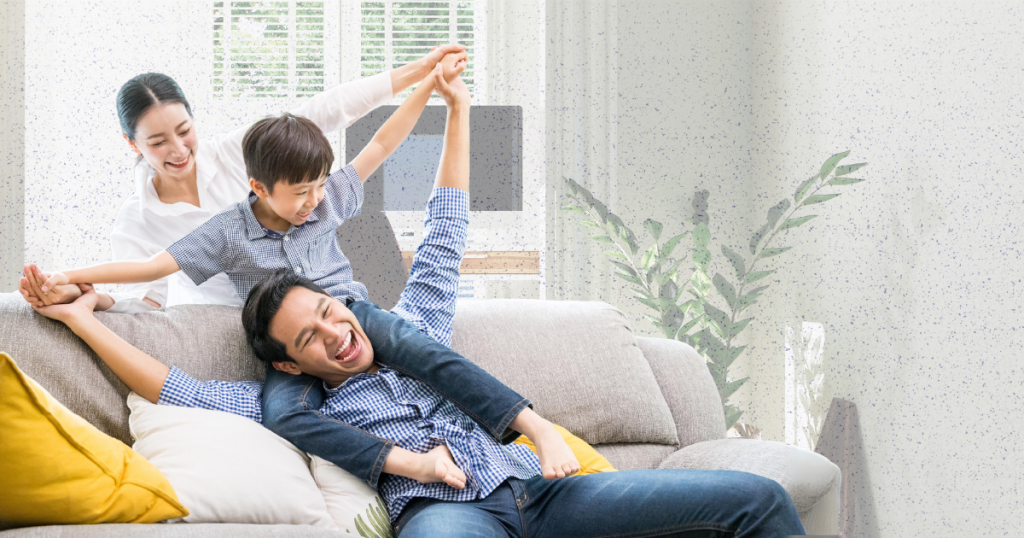
Proper ventilation involves the exchange of indoor and outdoor air to maintain healthy air quality and comfort levels inside a home. Ventilation plays a very important role in ensuring good indoor air quality—something that is essential not just for comfort but for our respiratory health and overall well-being.
Common ventilation issues, such as stagnant air, excess moisture, and indoor pollutants, highlight the importance of effective ventilation systems.
Incorporating natural airflow pathways and utilizing architectural elements for cross-ventilation are common strategies in designing a home with proper ventilation. In the Philippines, where natural ventilation is particularly important due to the tropical climate, house designs often prioritize features like high ceilings, large windows, and open floor plans to facilitate airflow and cooling.
Below are 5 ventilation designs for your Filipino home:
1. No Messy Mesh Screen
Traditional mesh screens can often obstruct airflow and collect dust and debris that eventually affects the ventilation. A design without mesh screens allows for unimpeded airflow while still providing protection against insects and pests. This approach promotes better ventilation by eliminating barriers, and facilitating the free exchange of indoor and outdoor air.
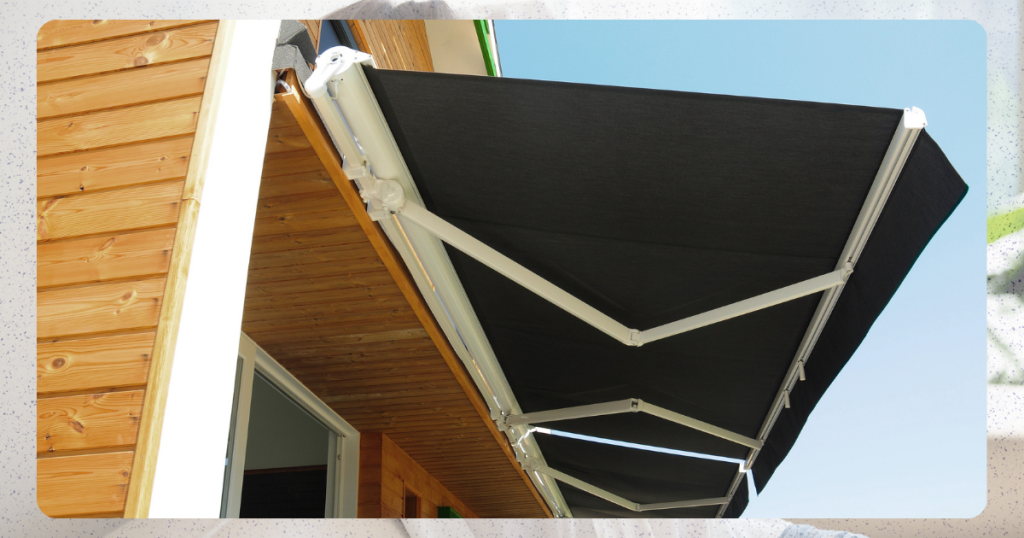
Homeowners can explore alternatives such as retractable screens or magnetic insect screens that offer ventilation, without the hassle of cleaning and maintenance associated with traditional mesh screens.
2. Dependable Vents on Each Room
Installing vents in every room ensures a consistent flow of fresh air throughout the entire home. Homeowners can strategically place vents in the most commonly used areas like bathrooms, the kitchen, and bedrooms. By doing so, managing air circulation and preventing stagnant air pockets are easier.

Installing vents equipped with adjustable louvers or dampers allows occupants to regulate airflow according to their preference. It also helps in giving the best level of ventilation that each specific room might need.
3. Increasing Air Circulation with High Walls
High walls promote natural ventilation by creating vertical airflow pathways that facilitate the movement of air throughout the house. Tall ceilings and open atriums enhance air circulation by allowing hot air to rise and escape, while drawing in cooler air from lower levels.

Incorporating high walls in your home design maximizes natural ventilation and passive cooling, which ultimately reduces the need for mechanical ventilation systems and lowers your home’s energy consumption in the long run. You can also incorporate windows or vents in high walls to further enhance airflow and improve the indoor air quality of your living space.
4. Traditional Wood-Panel Doors
Traditional wood-panel doors offer both aesthetic appeal and some functional ventilation benefits. Unlike solid doors, wood panel doors feature slats or panels that allow air to pass through while providing enough privacy and security that you require.
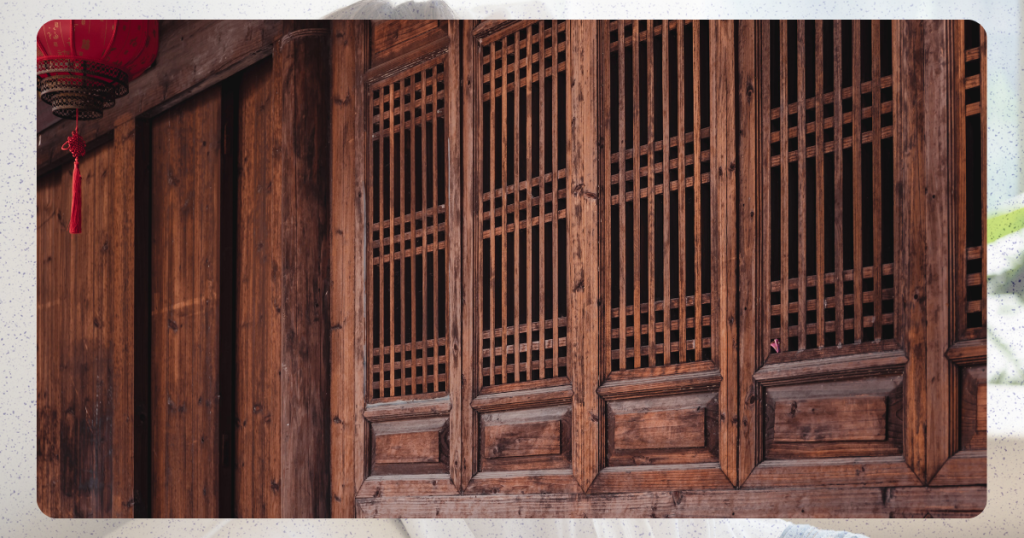
Traditional wood-panel doors allow for better airflow between rooms and promote cross-ventilation, especially when multiple doors are open simultaneously. Wood-panel doors can also be customized with adjustable vents or louvers if you want to add control to the airflow and enhance ventilation. Incorporating traditional wood-panel doors in home design definitely adds character and charm while improving indoor air quality and comfort.
5. Bamboo Window Blinds
Bamboo window blinds offer a sustainable and stylish solution for optimizing natural ventilation and light control. Unlike heavy drapes or curtains that can block airflow and trap heat, bamboo blinds allow air to flow freely, while diffusing sunlight and providing privacy. By adjusting the angle of the blinds, homeowners can regulate airflow and natural light according to their preferences, promoting comfort and energy efficiency.
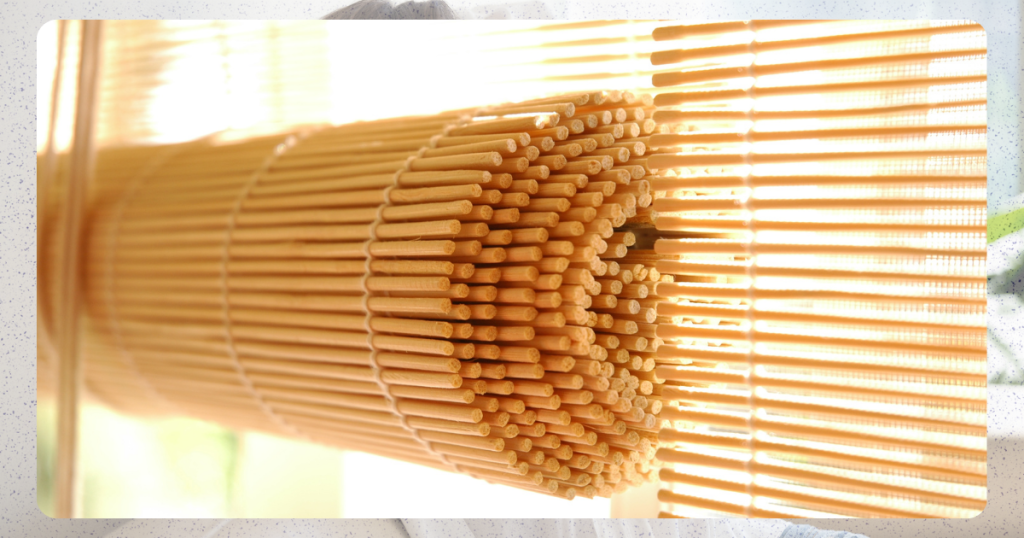
Bamboo blinds are also eco-friendly and durable, which makes them a practical choice for environmentally-conscious homeowners who are looking to enhance ventilation and aesthetics in their homes.
The Benefits of Proper Ventilation
Proper ventilation offers a ton of benefits. This includes:
- improved indoor air quality
- regulation of temperature
- lowering humidity levels
- reduction of mold and moisture-related issues
Well-ventilated homes also provide better comfort and well-being for residents, contributing to a healthier living environment.
While there may be an initial investment in implementing effective ventilation designs, the long-term savings and benefits outweigh the costs. Energy-efficient ventilation systems can significantly reduce utility bills and minimize the environmental impact of residential energy consumption. Comparing ventilation systems in terms of cost and benefits helps homeowners make informed decisions that align with their budget and sustainability goals.
Ventilation systems play a crucial role in achieving sustainable living practices by promoting energy efficiency and minimizing environmental impact. Opting for ventilation design with green building principles, such as passive cooling strategies and energy-efficient technologies, contributes to a more eco-friendly and resource-efficient home.
Building A Cooler Home
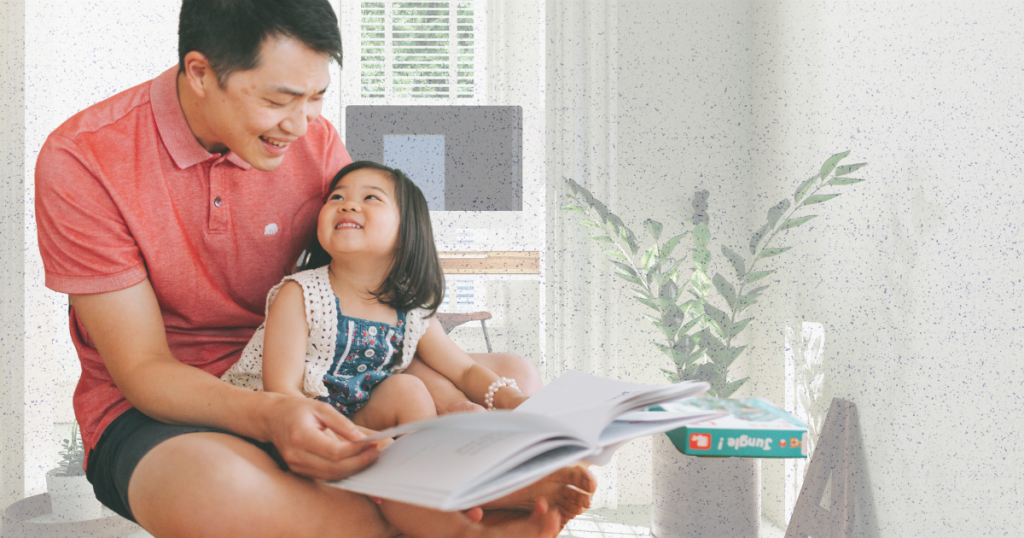
Proper ventilation is a fundamental aspect of home design. Investing in effective ventilation designs not only improves indoor air quality and comfort but also enhances the overall sustainability and livability of a home. As homeowners, prioritizing ventilation in home construction is essential for creating healthy, comfortable, and environmentally friendly living spaces. Consider some of the ventilation methods in this article and take your first step in creating a cooler home—literally and metaphorically!
References
HomeLane. (2022, November 8). 13 Contemporary Ventilation Designs for Your Home. HomeLane. Retrieved May 7, 2024, from https://www.homelane.com/blog/home-ventilation-design/






